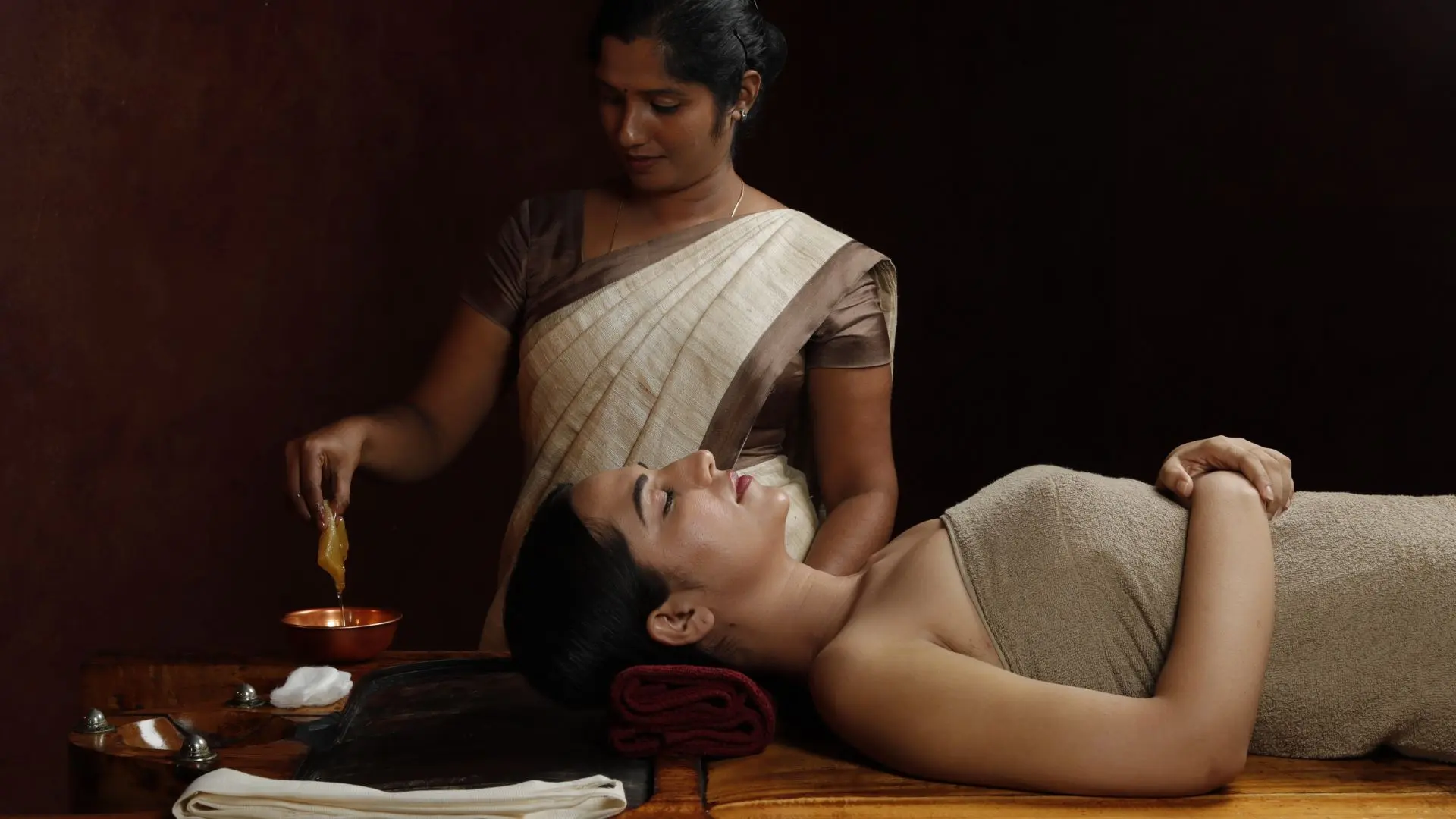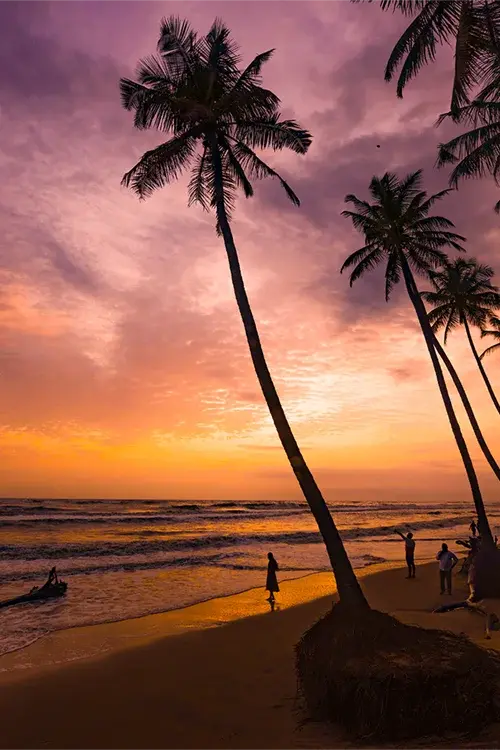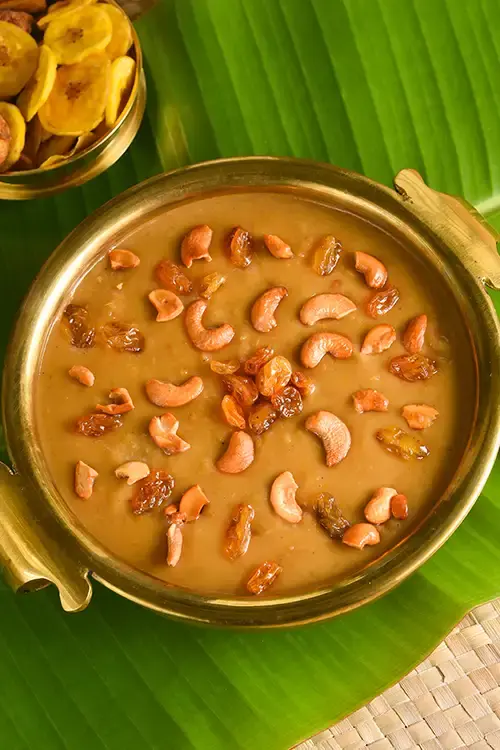FAQs
Welcome to the Kerala Tourism Frequently Asked Questions (FAQ) page. Here, you'll find answers to your most pressing questions and discover everything you need to know for a seamless journey to "God's Own Country." From travel guidelines and must-see destinations to local customs and cultural insights, we've got you covered. This page provides comprehensive information on various topics, including culture, festivals, climate, and any other details travelers may require.
Trade between China and Kerala flourished between 1125 CE and 1498 CE. The Arabs from the West traded goods with…
Read MoreThere were maritime trade connections between Kerala and China in the ancient past. Chinese porcelain, silk and other materials were…
Read MoreKerala, situated approximately 80 kilometers from the equator, enjoys a tropical climate with three distinct seasons. The period from June…
Read MoreKerala is blessed with natural beauty, stunning beaches, charming backwaters, cultural festivals and places of historical and cultural significance. Let’s…
Read MoreGenerally, among the people following Hindu religious traditions, the traditional dress for men in Kerala is dhothi (a unstitched piece…
Read MoreLungi or coloured / patterned dhoti is a traditional outfit for men. Women also wear it while at home and…
Read MoreIn the Kuttanad region of Kerala, also known as the 'rice bowl' of Kerala, cultivation of paddy is done on…
Read MoreThe Kuttanad region in Kerala, the southernmost state of India, has lands that lie below the sea level. These lands…
Read MoreThe entire region of Kuttanad is not below the sea level. There are parts of backwaters in and around Kuttanad…
Read MoreThe region of Kuttanad in the southern state of Kerala is noted for its paddy fields that lie 2.2 m…
Read MoreOne of the traditional growing / cultivation season of rice / paddy in Kerala is Virippu. This is the first…
Read MoreThe cultivation season in the state, the first crop season Virippu commences with sowing of seeds in April-May and concludes…
Read MoreMundakan is one of the three main traditional growing / cultivation seasons of rice / paddy in Kerala, viz. Virippu,…
Read MoreKerala was historically abundant with a diverse array of traditional rice varieties, well-suited to the different agro-climatic conditions in the…
Read MoreWayanad, known for its undulating hills and deep valleys, receives annual rainfall ranging from 3000 to 4000 mm in areas…
Read MoreGandhakasala rice, characterized as a long-duration and tall variety, gives a modest grain yield of 2.0-2.7 tonnes per hectare. Notably,…
Read MoreJeerakasala or Kaima rice, grown predominantly in the district of Wayanad in Kerala, is a great choice with which to…
Read MoreKerala contributes over 90% of the total rubber production in the country. The state offers ideal climatic conditions for rubber…
Read MoreOne can visit rubber plantations in Kerala, which are mostly private holdings. There are many homestays in rubber plantations, which…
Read MoreCertainly, you can visit rubber plantations in districts like Kottayam, Thrissur, etc. You may get in touch with the owner…
Read MoreTapioca was introduced in Kerala during the reign of King Ayilyam Thirunal Rama Varma in the late 19th century. The…
Read MoreTapioca is one of the most common tuber crops cultivated in Kerala. Boiled tapioca served with chutney is a popular…
Read MoreThe wealth of spices of India, especially from Kerala, have attracted traders and travellers from far off lands like the…
Read MoreSpice plantations in Kerala are yet another way for visitors to Kerala to experience some of the farming practices as…
Read MoreThere are possibilities for travellers to participate in spice harvesting in Kerala. But, it would be a limited experience in…
Read More





